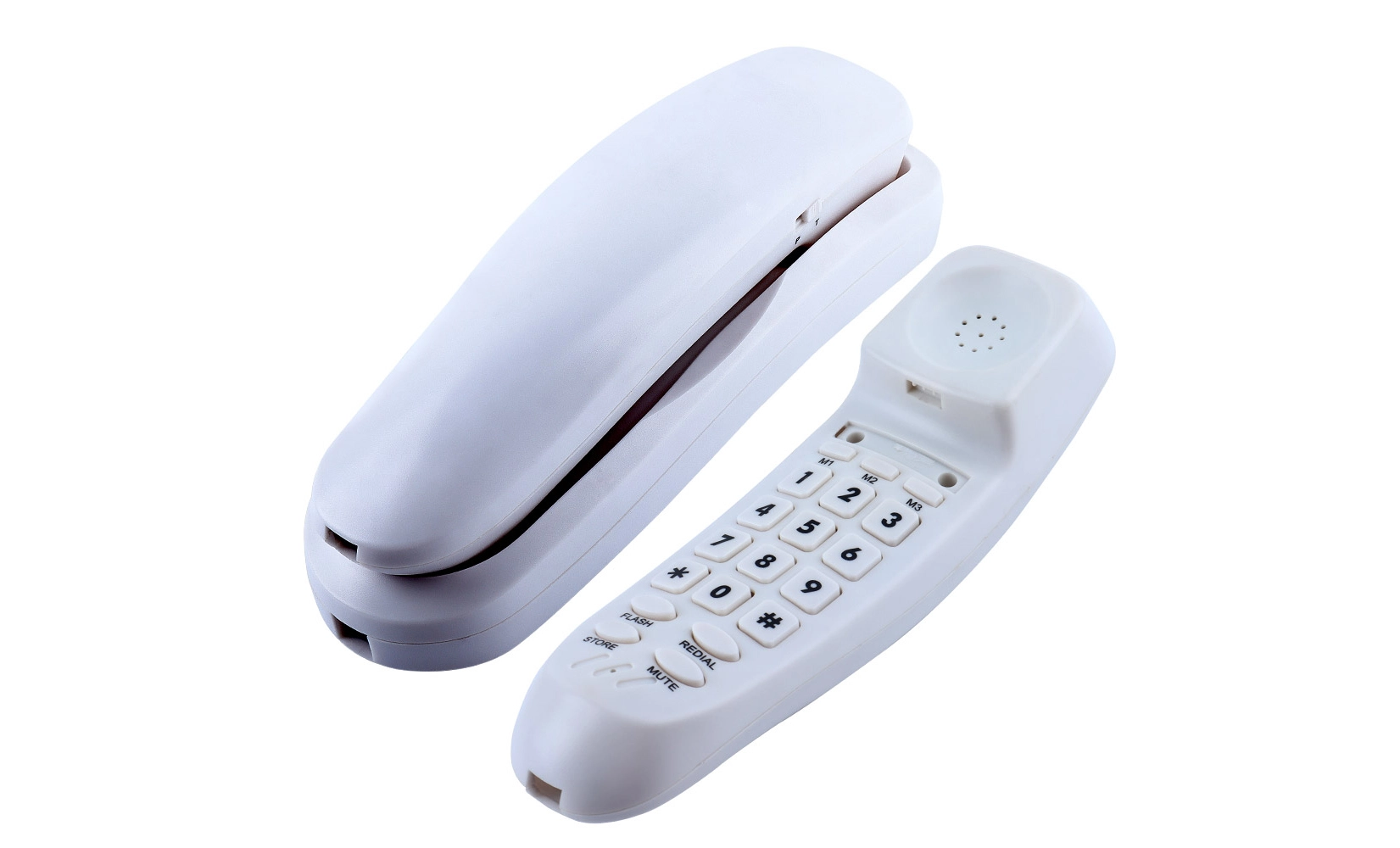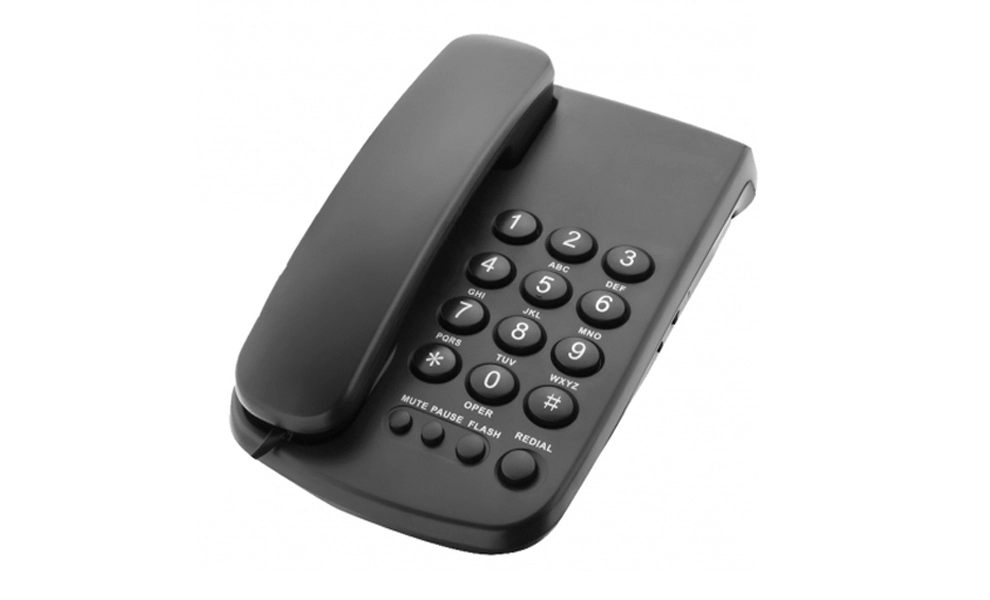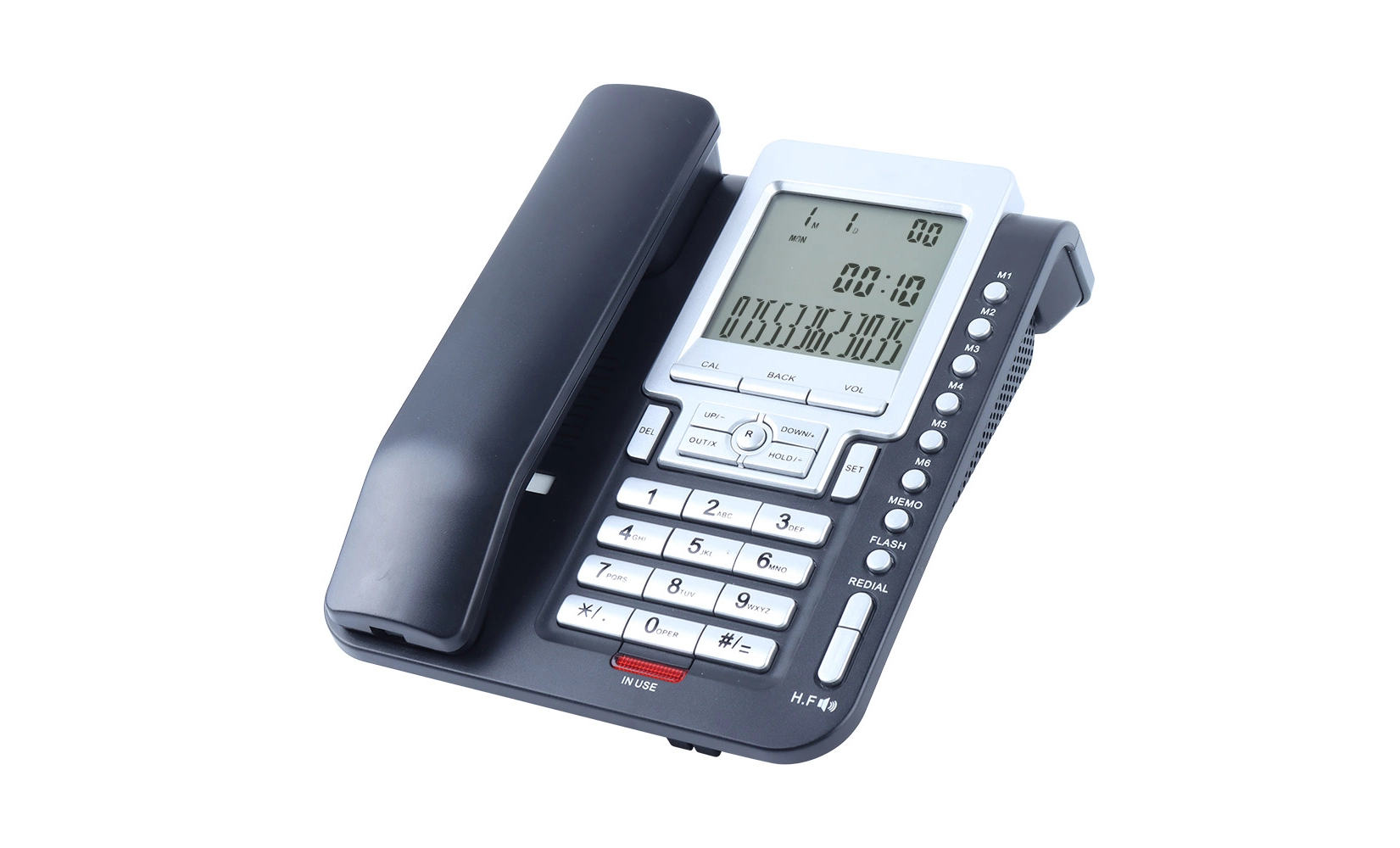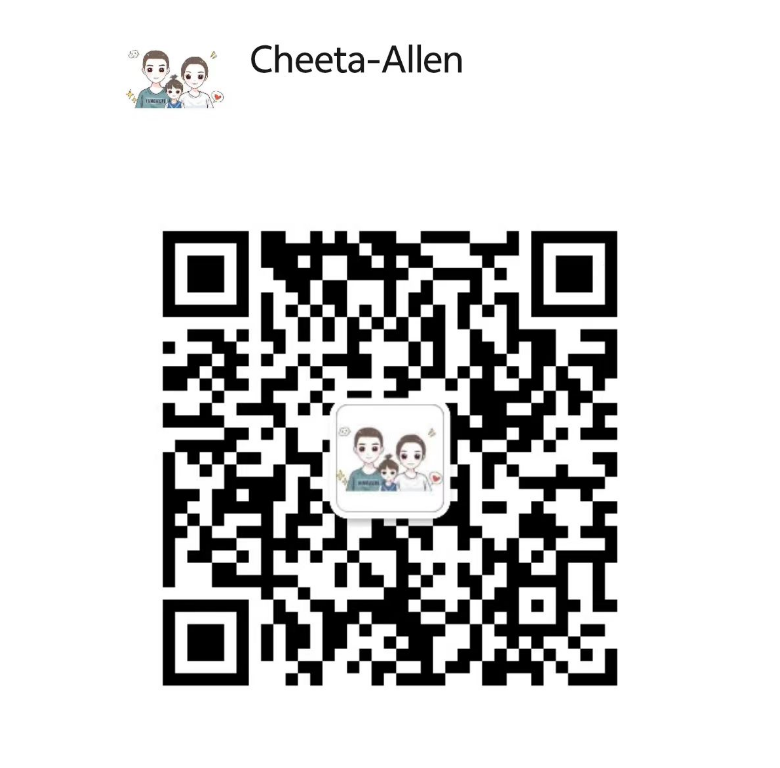The Evolution and Functionality of Caller ID Technology
Historical Development of Caller ID
The concept of Caller ID emerged in the 1960s, but it wasn't until the 1980s that it became commercially available. Initially, the service displayed only phone numbers, helping people identify incoming callers more easily. As technology advanced, name display capabilities were added, further enriching the information provided. This innovation transformed how people manage their communications, giving them a new layer of control and reducing unwanted or anonymous calls.
How Caller ID Works?
Caller ID functions by transmitting information between the first and second rings of an incoming call, using a method known as Frequency Shift Keying (FSK). This data typically includes the caller's number and, when available, the associated name. Modern caller ID telephone systems are equipped to interpret these signals almost instantly, displaying the information on a screen. The process happens rapidly, enabling recipients to make quick, informed decisions about whether to answer, ignore, or redirect the call.
Types of Information Displayed
Contemporary caller ID systems can display various pieces of information:
- Phone number of the caller
- Name associated with the number (if available)
- Date and time of the call
- Call waiting information
- Voicemail notifications
Advanced caller ID telephone models may offer additional features like call logging, number blocking, and integration with contact lists for more detailed caller information, enhancing user convenience and security.
Benefits and Applications of Caller ID in Various Settings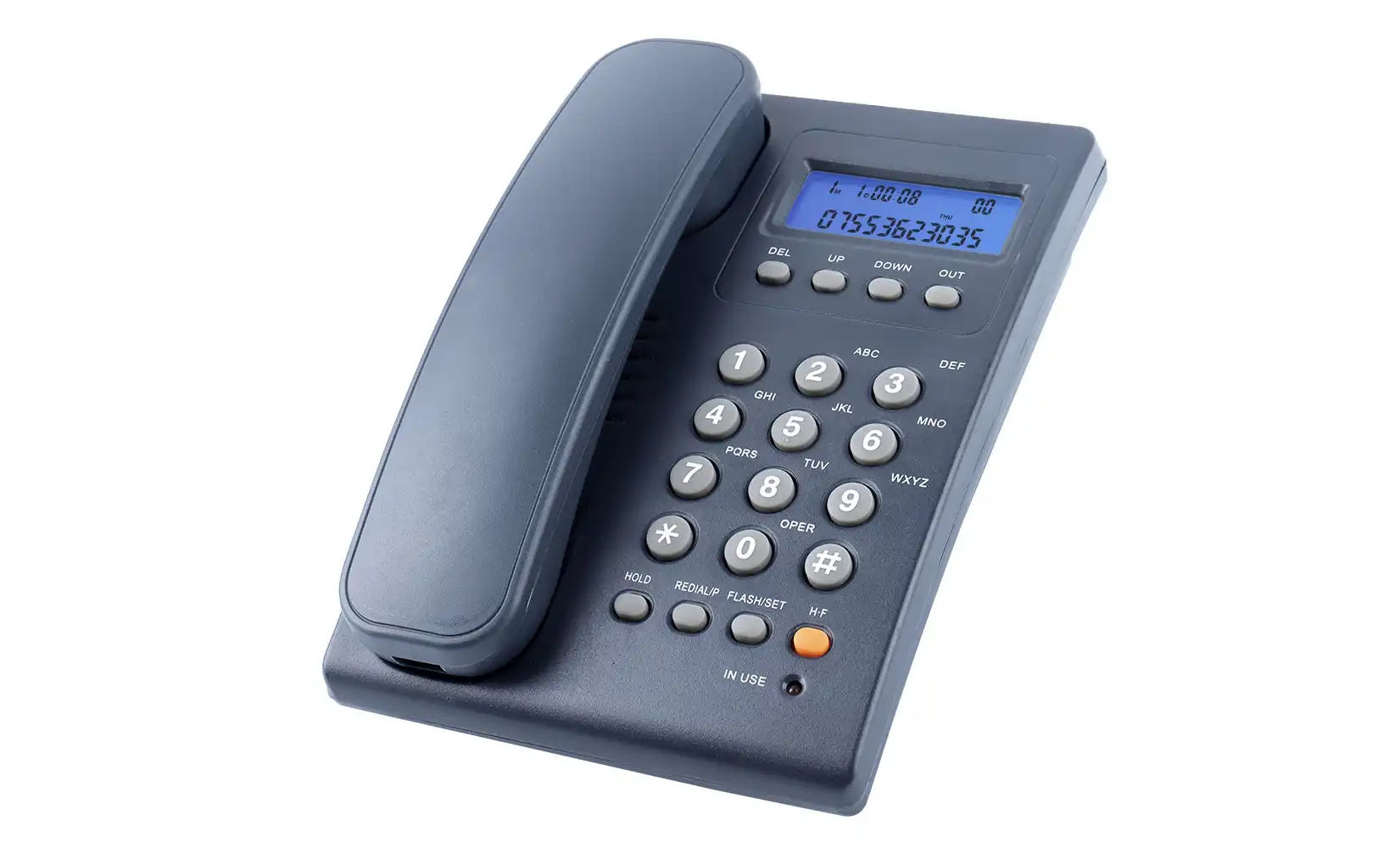
Personal Use and Safety
For individuals, caller ID offers significant benefits:
- Screening unwanted calls, including telemarketers and potential scams
- Identifying important calls from family, friends, or healthcare providers
- Enhancing personal safety by avoiding unknown or suspicious numbers
- Managing time effectively by prioritizing which calls to answer
Business Efficiency and Customer Service
In professional settings, caller ID technology contributes to operational efficiency:
- Allowing employees to prepare for calls by knowing who's on the line
- Improving customer service by personalizing greetings
- Tracking client communications and managing callbacks
- Enhancing productivity by prioritizing urgent calls
Specialized Applications
Caller ID technology finds unique applications in various sectors:
- Healthcare: Identifying patient calls and prioritizing urgent medical inquiries
- Hospitality: Personalizing guest services in hotels and resorts
- Emergency Services: Quickly locating and responding to calls for help
- Telemarketing: Complying with regulations by displaying accurate caller information
 Challenges and Future Trends in Caller ID Technology
Challenges and Future Trends in Caller ID Technology
Privacy Concerns and Regulations
While caller ID offers numerous benefits, it also raises privacy considerations:
- Balancing the right to know who's calling with the caller's right to privacy
- Addressing concerns about data collection and storage of call information
- Implementing regulations like the Truth in Caller ID Act to prevent misuse
Combating Spoofing and Scams
The rise of caller ID spoofing presents significant challenges:
- Developing technologies to detect and prevent number spoofing
- Implementing authentication protocols to verify caller identities
- Educating consumers about recognizing and reporting fraudulent calls
Integration with Smart Technologies
The future of caller ID technology is closely tied to smart device integration:
- Incorporating AI to predict call importance and suggest actions

- Seamless synchronization between landline caller ID telephone systems and mobile devices
- Enhanced visual interfaces displaying rich caller information and context
- Integration with smart home systems for comprehensive communication management
Conclusion
Caller ID has revolutionized how we handle incoming communications, offering unparalleled control and information. From its humble beginnings to its current sophisticated implementations in caller ID telephone systems, this technology continues to evolve. As we navigate the challenges of privacy and security, the future of caller ID looks promising, with smart integrations and enhanced features on the horizon. Whether for personal safety, business efficiency, or specialized applications, caller ID remains an essential tool in our increasingly connected world.
CHEETA caller ID telephones reduce call interruptions | CHEETA
Shenzhen Cheeta Technology Co., Ltd. stands out as a premier analog telephone manufacturer with 18+ years of expertise in OEM/ODM services. Our state-of-the-art 1,200㎡ facility, staffed by 100+ skilled workers and 10 senior engineers, produces 1,000 high-quality analog units daily. CHEETA's caller ID telephone models exemplify our commitment to innovation and quality, offering crystal-clear displays and user-friendly interfaces.
Our rigorous 11-step inspection process ensures a failure rate below 1%, while adherence to CE, RoHS, FCC, and UN38.3 standards guarantees global compliance. We pride ourselves on rapid customization and responsive service, continually refining our designs based on global user feedback. For inquiries about our cutting-edge caller ID telephone solutions, please contact us at allen@cheeta.com.cn.

 Caller ID is a telecommunications service that displays the phone number and sometimes the name of the incoming caller on a compatible device. This technology allows recipients to identify who is calling before answering, enabling informed decisions about whether to take the call. Caller ID serves multiple purposes, including enhancing personal safety, improving business efficiency, and reducing unwanted interruptions. It empowers users to screen calls, prioritize responses, and maintain call logs.
Caller ID is a telecommunications service that displays the phone number and sometimes the name of the incoming caller on a compatible device. This technology allows recipients to identify who is calling before answering, enabling informed decisions about whether to take the call. Caller ID serves multiple purposes, including enhancing personal safety, improving business efficiency, and reducing unwanted interruptions. It empowers users to screen calls, prioritize responses, and maintain call logs. 

